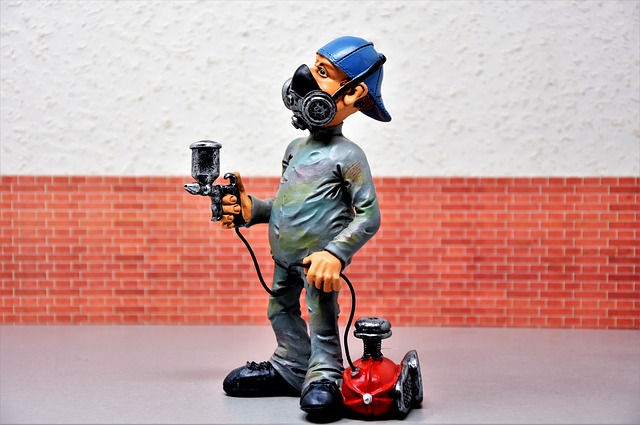
Air pollution control in an incinerator manufacturing facility
Haat`s manufacturing activity includes rolling, cutting, welding, refractory lining, surface preparation and painting. In the earlier days, when painting and preparation was outsourced, we went through a difficult phase. The time taken for transportation to and fro, waiting in line for the work to be carried out at odd hours, making sure it is done as per requirements, meeting the third party inspector`s technical requirements and so on all lead to delays. Many times, re-work became unavoidable in order to comply with specifications. All this led to delays; delays we could ill-afford because it affects delivery schedule for the incinerator.
We decided, therefore, to set up our own surface preparation and painting facility in our factory premises. After evaluating many offers, we selected a good and workable solution for both these jobs. The surface preparation required in most cases (and even as per our own standard) using steel grits to achieve a surface depth as per NACE SA 2½ . This provides for `hills and valleys` on an otherwise plain surface, thereby enlarging the surface area and giving a firmer grip for the paint. This also results in more paint being used for long paint life. This compares extremely well with a plain ground surface where there is no increase in surface area and no indentations for holding of the paint.
The facility that we set up finally was with rubber-lined walls and roof and a special equipment with air compressor to send continuous blast of steel grits through an air stream, making indentations to achieve what was required as per SA 2½. The facility has an ID fan for exhausting the dust laden air which is then taken to a high efficiency reverse pulse jet Bag House with 99% efficiency for filtering submicron particulates.
The painting required may vary from a 2 coat to a 3 coat process with a good quality primer and a suitable intermediate coat. The choice of final coat paint would depend upon various requirements like surface temperature, permeability, finish, etc. The standard applied generally is ISO 8501.
Painting is done in a specially constructed booth which has heating arrangements for curing the coated paint. The booth is provided with filters to absorb paint vapour and a stack for clean air emission. The spraying equipment using compressed air, air dryer and gun gives uniform coating thickness, which is constantly measured for wet film thickness and dry film thickness to ensure compliance to requirements.
The instruments used for blasting and thickness measurement are calibrated as per NABL standard and are accurate at all times.
We are happy that we are able to provide quality painting and preparation for all our equipment which is evident from the excellent paint life these incinerators have shown over the years.
Additionally, we also ensure that the blasting and painting is done in a very environment-friendly manner. Not only do our incinerators not pollute, we also ensure no pollution is generated in the manufacture of our incinerator systems.


